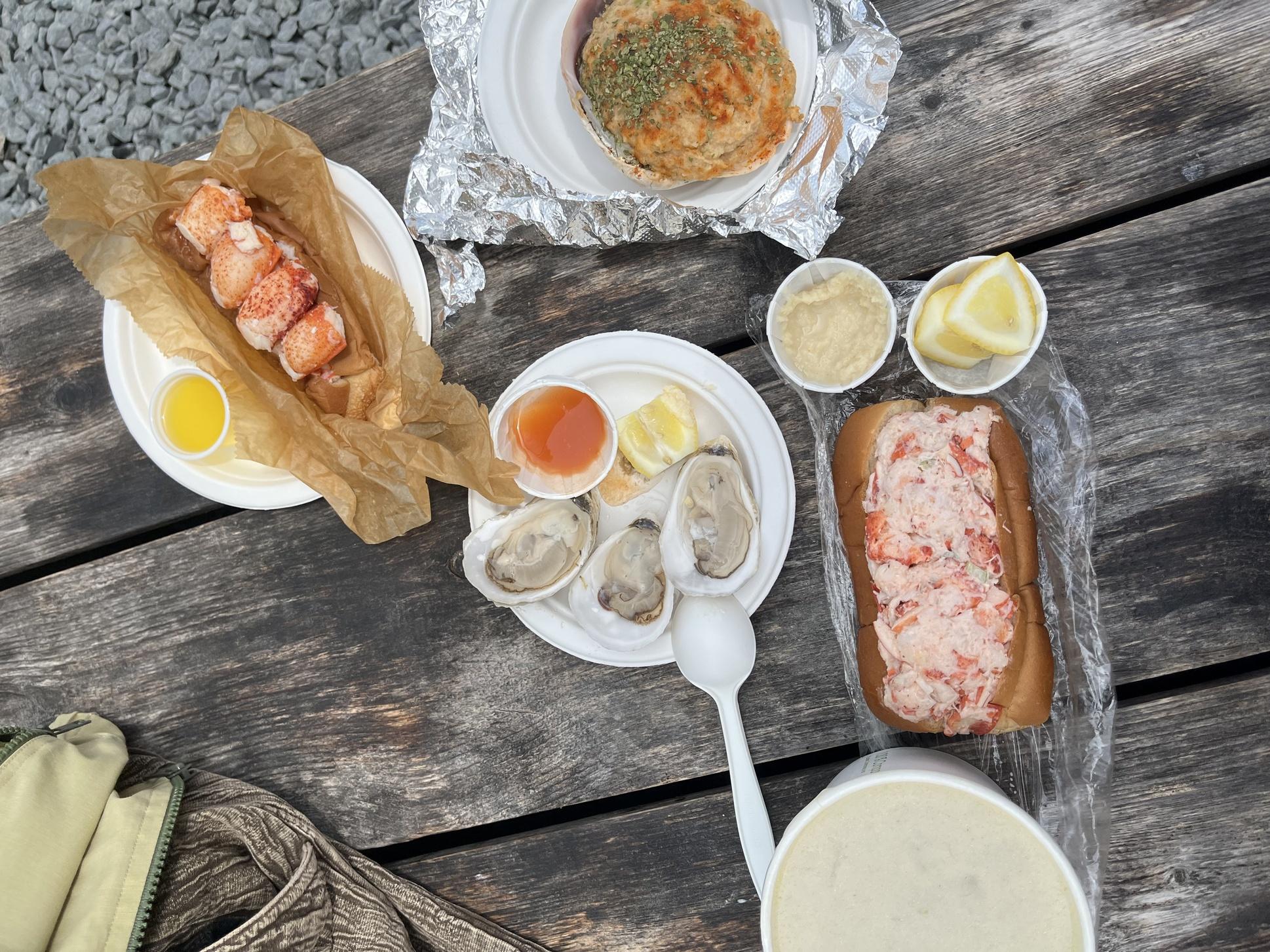I haven’t eaten lab-grown meat yet, but the job may call for it soon. This week, the federal government approved the last steps for America’s two big no-kill meat brands — Upside Foods and Good Meat. Now these novel proteins will start growing from cells in bioreactors, and I’m expecting them to hit menus — Upside at Michelin-starred chef Dominique Crenn’s San Francisco restaurant and Good Meat with chef Jose Andres in D.C. — in the next few weeks.
It’s a major moment — one I’ve been waiting for years for. I’ll have a story dropping early next week, but, in the meantime, I want to know if you are eager to try it. Or maybe you’re more in the camp that these novel proteins are ultra-processed, and may take up too much energy to really drive sustainability at scale? I want to hear from you!
As I wrote in my book Raw Deal: Hidden Corruption, Corporate Greed and the Fight for the Future of Meat, lab-grown meat startups ignited a modern-day space race in just the past five years. The funding frenzy was wild — with investors practically salivating at the idea that they were backing new brands like it was the early days of the internet. Before the crash.
“Lab-grown meat is a moonshot and should be treated as such, with a skeptical eye,” I write in Raw Deal. “Lab-grown meat hoards funding from other critical areas, distracting from other potential solutions. Here, yet again, is another example of the system of the future looking to grow via systems of the past. Industrial agriculture gets billions in subsidies annually. It’s why it will be difficult, structurally and institutionally, for industrial meat production to change its ways without coming from within. While science funding is commonly provided by federal governments, should lab-grown meat funnel research dollars away when there are understudied areas like antibiotic resistance or biodiversity efforts?”
Distraction worries me, because we don’t have enough time to waste on the wrong solutions. Combating climate change will take everything we’ve got. And then some.
As I wrote in my book, “without groundbreaking technology that would fundamentally change how much it costs to make a steak from a cell, I’m skeptical that lab-grown meat will find mainstream adoption, outside of being used as an ingredient. That’s slightly more compelling: consider a 15%lab-grown chicken sausage, which gives it all that expected chicken-y flavor (can’t rock the boat!) along with supplemented fungi-based ingredients, just as the processed meat industry has been doing for years with fillers like soy.”
Time will tell, and I’ll be covering each new development. From Martha’s Vineyard where I’ve been hosting book talks at the Ag Hall, I’m signing off and wishing you a wonderful summer weekend!
— Chloe Sorvino, Staff Writer
Order my book, Raw Deal: Hidden Corruption, Corporate Greed and the Fight for the Future of Meat, out now from Simon & Schuster’s Atria Books.
This is Forbes’ Fresh Take newsletter, which every Friday brings you the latest on the big ideas changing the future of food. Want to get it in your inbox every week? Sign up here.
What’s Fresh
Meet The Billionaire’s Son And ‘I, Robot’ Producer Whose Biggest Splash Could Be Dave’s Hot Chicken. From Predator to Doctor Dolittle, John Davis is one of Hollywood’s most prolific producers. Now he’s using his playbook for success on fast-casual dining chains and trying not to eat too much of it. By Yours Truly.
Fast-Casual Restaurant Chain Cava Soars Past IPO Target Price In First Day Of Trading. The first debut of a restaurant in two years tests a hungry market at a volatile time. By Yours Truly.
Byron Allen Thinks McDonald’s Is Racist And Wants To Prove It In Court. The world’s biggest fast-food chain says the media tycoon’s $10 billion federal lawsuit is about adding to his own revenue, not leveling the playing field, reports Jared Council.
America’s Best Credit Unions In Each State. According to the National Credit Union Administration (NCUA), the credit union system’s net worth increased in 2022 by more than $21 billion (or about 10%) to about $233 billion. The rising appeal of the credit union makes sense, writes Rachel Rabkin Peachman.
Clam chowder, stuffed quahog, oysters from Menemsha, and two lobster rolls, one buttered hot and one cold as a salad.
Chloe Sorvino
The Martha’s Vineyard leg of my book tour has been a treat. Mostly because I’ve been chowing down on lobster rolls, stuffed quahogs, oysters and clam chowder. I loved the simple picnic tables and my accompanying spread at Larsen’s.
Chloe Sorvino leads coverage of food and agriculture as a staff writer on the enterprise team at Forbes. Her book, Raw Deal: Hidden Corruption, Corporate Greed and the Fight for the Future of Meat, published on December 6, 2022, with Simon & Schuster’s Atria Books. Her nearly nine years of reporting at Forbes has brought her to In-N-Out Burger’s secret test kitchen, drought-ridden farms in California’s Central Valley, burnt-out national forests logged by a timber billionaire, a century-old slaughterhouse in Omaha and even a chocolate croissant factory designed like a medieval castle in northern France.
Thanks for reading the 76th edition of Forbes Fresh Take! Let me know what you think. Subscribe to Forbes Fresh Take here.

